The planets of the solar system have a wide variety of surface and atmospheric features.
To really appreciate the objects in our solar system, you would have to travel to each of them as spacecraft do. One day you may be able to do this, but for now you will have to use your imagination.

Mercury 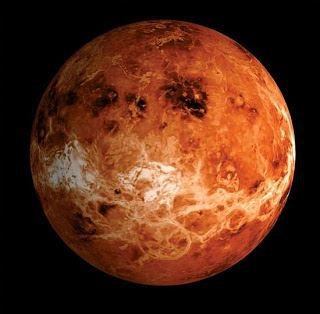

Your first stop is a rocky world that has almost no atmosphere. Mercury moves faster around the sun than any other planet. This tiny world races around the sun at 48 kilometers a second, taking only 88 earth-days to complete one revolution (one year). This fact explains why the planet was named after the speedy messenger of the roman gods.
Mercury is so close to the blinding light of the sun that astronomers on earth rarely get a good look at it. However, in 1975 the United States spacecraft Mariner 10 flew past mercury and provided scientists with their first close look at the planet.
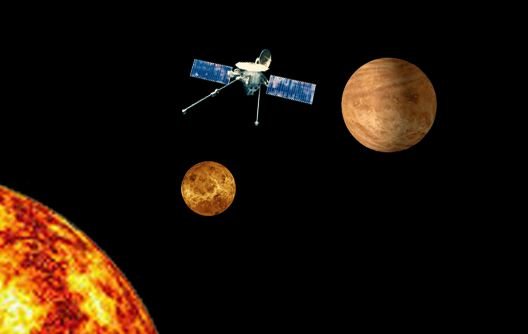
Mariner 10 found a heavily crater-covered world. The craters were scooped out billions of years ago by the impact of pieces of material striking the sur-face of the planet. Because Mercury has almost no atmosphere, it has no weather. Since there is no rain, snow, or wind to help wear down the craters and carry away the soil particles, the craters of mercury appear the same as when they were created. As result, Mercury has changed very little for the past few billion years.
As you read, Mercury rotates on its axis very slowly, taking about 59 Earth-days for one complete rotation. In fact, Mercury rotates three times about its axis for every two revolutions around the sun. The combined effect of these two motions produces a sunrise every 175 Earth-days. So the daytime side of the planet has lots of time to heat up, while the nighttime side has plenty of time to cool off. This long period of rotation causes temperatures on mercury to range from a lead-melting 427°C during the day to – 170°C at night. Mercury is, therefore, one of the hottest and one of the coldest planets in the solar system.
Your next stop is the second planet from the sun.
Venus.jpg)
.jpg)
Venus was named for the Roman goddess of beauty and love. Venus has about the same diameter, mass and density as Earth does. For these reasons, astronomers once called Venus Earth's twin. People even imagined that Venus, like Earth, might be covered with vast oceans and tropical forests. For many years no once was sure whether this was true or not.
The uncertainty about Venus was due to its thick cloud cover, which has covered Venus for 400 to 800 million years.
In 1975, two soviet spacecraft (venera 9 and venera 10) landed on Venus. The spacecraft were not able to withstand the harsh conditions and functioned for only a few hours. But before they failed, they were able to send back the first photographs of the Venusian surface. More recently, two United States spacecraft, Pioneer Venus Orbiter and Magellan, were placed in orbit around Venus. Radar instruments were able to penetrate the thick cloud cover and map much of the Venusian surface.
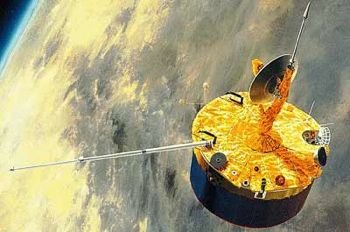 )
)As you approach Venus, your instruments detect winds of more than 350 kilometers per hour pushing the upper cloud layers around the planet. When you descend into the yellow clouds, you discover that they are not made of water vapor, as clouds on Earth are. These clouds consist of droplets of sulfuric acid and carbon dioxide. As you descend farther into this hostile atmosphere, the temperature and pressure rise rapidly. Sulfuric-acid rain falls through the cloud layers but evaporates in midair, never reaching the surface. Bolts of lightning flash near your ship.
Finally, you reach the surface. The atmosphere near the surface contains mainly carbon dioxide and is bathed in an eerie orange glow. Temperatures climb to 480°C, even hotter than on the surface of Mercury. No water has been found on Venus. The thick atmosphere bears down on you with a pressure 91 times greater than the atmospheric pressure at sea level on Earth.
From the surface, the cloud cover completely hides your view of the sun. But if you could see the sun, you would see something that would be a totally new experience. The sun would slowly rise in the west and later set in the east. The sun follows this pattern because, unlike Earth, Venus rotates from east to west. Astronomers call this reverse motion retrograde rotation. Another unusual aspect of Venus is that it rotates once on its axis every 243 Earth-day. However, Venus takes only 224 Earth-days to revolve once around the sun. A venusian day, then, is actually longer than a Venusian year.
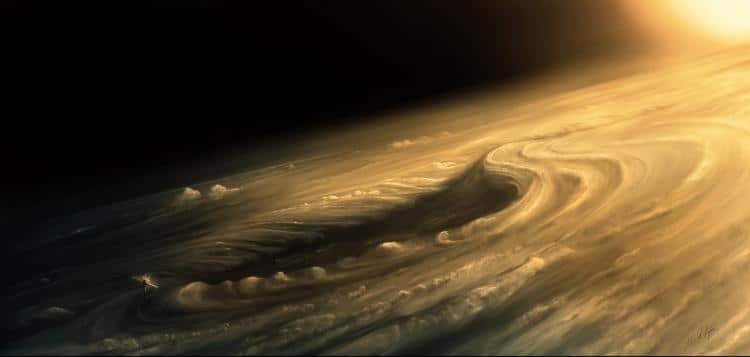
Why is Venus, the closet planet to Earth, so vastly different from our world?
Why is it such a dry hot world?
Billions of years ago, when the solar system was still forming, the sun was much cooler than it is today. In those early days, Venus may have been covered with planet-wide oceans. In fact, the remains of coastlines and sea beds can still be detected today. Then, as the sun grew hotter, water began to evaporate into the atmosphere. This water vapor helped to create a heat-trapping process called the greenhouse effect. The greenhouse effect occurs when heat rose further, the oceans evaporated completely. However, even after all the water was gone from Venus, the greenhouse effect continued. The atmosphere of Venus is mainly carbon dioxide, like the water vapor before it, traps heat and produces a greenhouse efect. So today, even during the long nights on venus, the dark side of the planet remains about as hot as the bright side of the planet remains about as hot as the bright side.
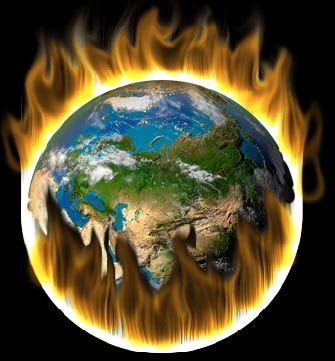
If the term greenhouse effect seems familiar to you, it is probably because scientists warn of a similar problem on Earth. The Earth's atmosphere also acts as a greenhouse. Up until now, this has kept the Earth warn enough for life to evolve and survive. However, the burning of fossil fuels such as coal and oil adds carbon dioxide to the Earth's atmosphere. Scientists fear that this increased carbon dioxide may cause a runaway greenhouse effect, much like the one that left Venus dry, hot, and barren. What are some ways to prevent a runaway greenhouse effect from happening on Earth?
For now, however, you will skip the third planet, Earth.
Mars 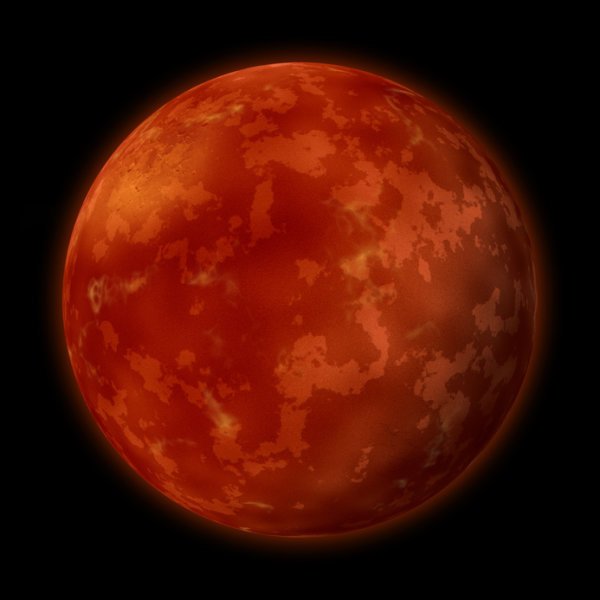

Your imaginary ship is now approaching Mars, the fourth planet from the sun. As you reach Mars, the first thing you notice is its reddish color. In ancient times, this color reminded people of blood, and they thought of Mars as a warrior planet. Today it still bears the name of the Roman god of war. Appropriately, the two tiny moons that circle Mars are called Phobos and Deimos, from the Greek words for fear and terror.
In late July 1976, a spacecraft landed successfully on mars. This was not an easy task, for the surface of Mars is rocky and heavily cratered. The ship, named Viking 1 after early explorers on Earth, was soon followed by a second ship, Viking 2. Both quickly began to send back detailed photographs of the Martian surface. Another giant step in the explorations of the solar system had been taken.
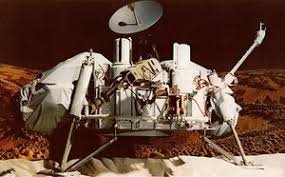
One of the most important tasks of the Viking spacecraft was to analyze Martian soil. To do so, a robot arm scooped up some of the soil and placed it in the on – board laboratory. Tests revealed that Martian soil is similar to earth's soil in many ways. But there are differences. For century mars had been known as the red planet. Soil tests showed why this is so. Martian soil is coated with a reddish compound called iron oxide. Perhaps you know iron oxide by its more common name – rust.
The Viking spacecraft also tested the soil for signs of life. The data did not rule out the possibility that life may once have existed on mars.

Mars appears to be at planet that has had a very active past. For example, four huge volcanoes are located on mars. These volcanoes are dormant, or inactive. But large plains covered with lava indicate that the volcanoes were once active. The largest volcano on mars is Olympus Mons. Olympus Mons is wider than the island of Hawaii, and it is almost three times as tall as Mount Everest. In fact, Olympus Mons is the largest known volcano in the solar system.
Today there is no liquid water on mars but frozen water can be found in the northern icecap and may also be located under the soil.
Mars has a very thin atmosphere made mostly of carbon dioxide; it does not retain much heat from the sun. So even during the summer, temperatures on mars are well below 0°C. That, of course, is why water on mars stays frozen all year round. Another interesting feature of mars is an enormous canyon called Valles Marineris. The canyon is 240 kilometers wide once point and 6.5 kilometers deep. If this canyon were on the earth, is it would stretch from California to New York. Although the atmosphere of mars is very thin, winds are common. Windstorms sweep across the surface at speeds up to 200 kilometers per hour. These storms stir up so much dust that the sky may turn a dark pink.
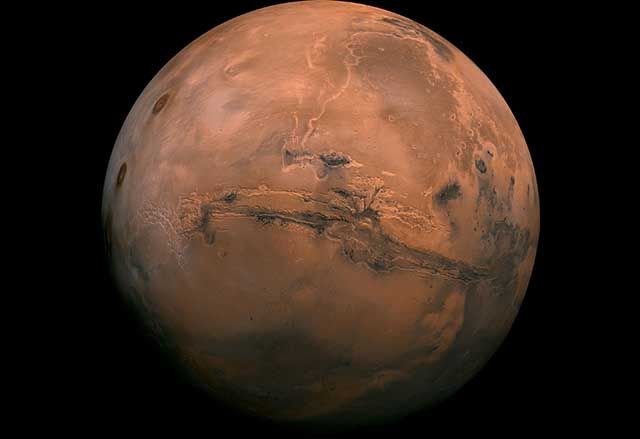
There is still much to discover, keep an eye on the next publication with the other planets and surprises!.
Images:
Source 1
Source 2
Source 3
Source 4
Source 5
Source 6
Source 7
Source 8
Source 9
Source 10
Source
Source of information:
http://www.todoelsistemasolar.com.ar/
http://www.muyinteresante.com.mx/ciencia-y-tecnologia/espacio/18/01/16/marte-esconde-agua-congelada-en-el-subsuelo/
https://es.wikipedia.org/wiki/Mercurio_(planeta)
https://es.wikipedia.org/wiki/Venus_(planeta)
http://misistemasolar.com/atmosfera-de-venus/
http://www.descubriendo.cl/efecto-invernadero/67
http://scienceblogs.com/startswithabang/2016/07/06/venus-not-earth-may-have-been-our-solar-systems-best-chance-at-life-synopsis/
https://www.elciudadano.cl/ciencia-tecnologia/encuentran-grandes-accesibles-cantidades-agua-marte/01/17/
Good post @gmaktub . One of the few images of the surface of Venus - this one from Venera 13 in 1982
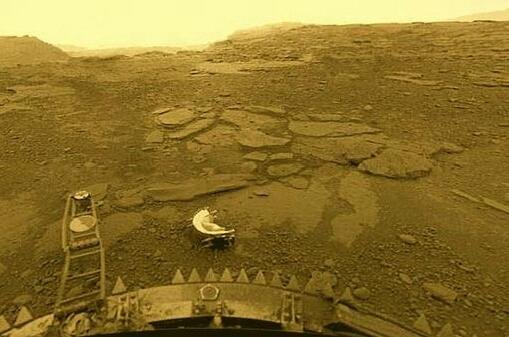
Excellent picture. thanks for sharing. the universe gives a lot of subject to talk
nice post please vote my comment, because your vote is very valuable to me
Spin to earn dollar :-
https://play.google.com/store/apps/details?id=com.id.spintoearn